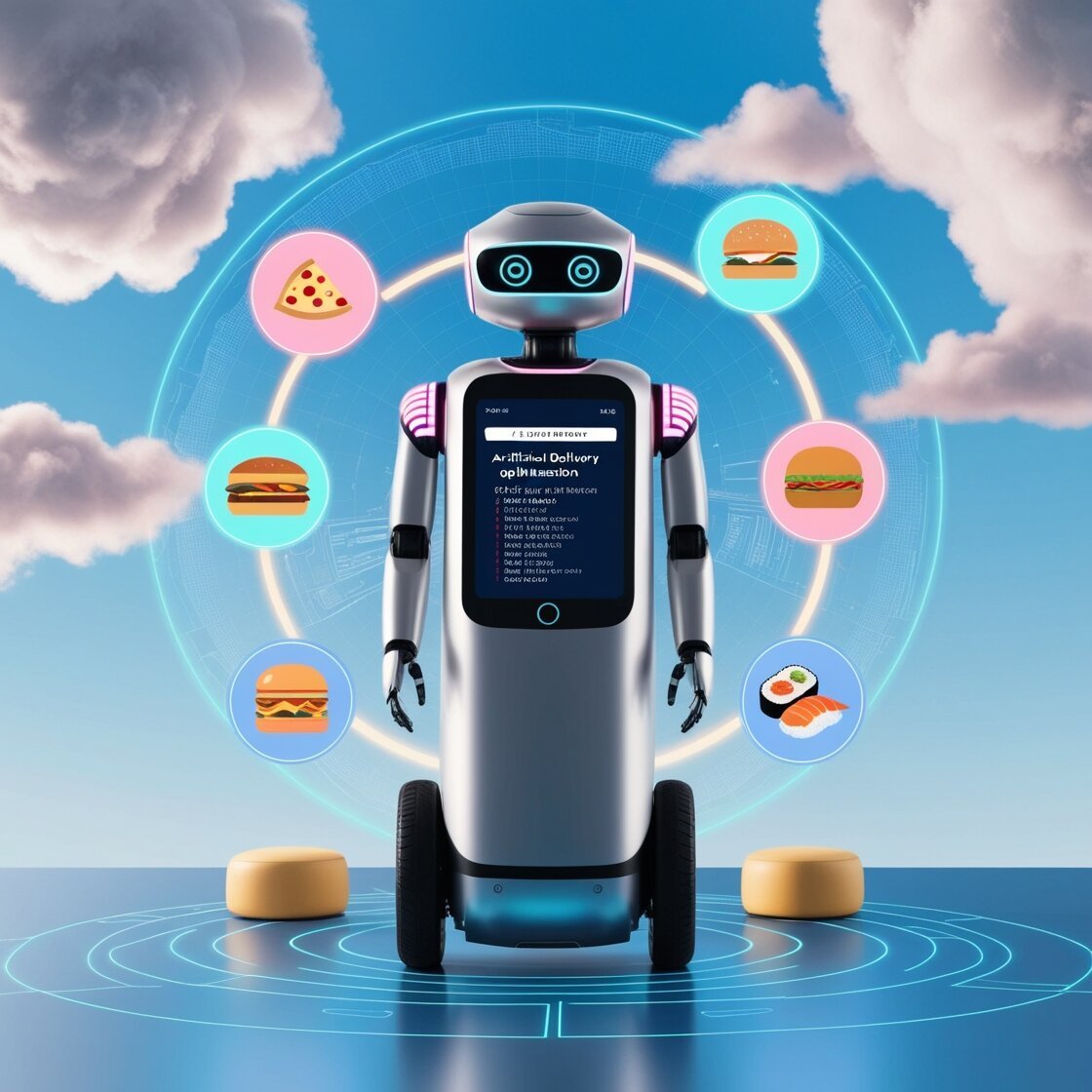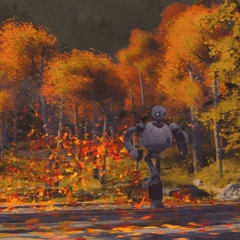In today's fast-paced world, food delivery services have become a vital part of our lives. As demand continues to grow, companies in the food delivery industry are increasingly turning to artificial intelligence (AI) to streamline operations and enhance customer experience. One of the most significant ways AI is transforming food delivery is by optimizing routes and orders.
How AI Optimizes Food Delivery Routes
AI plays a critical role in improving the efficiency of food delivery routes. Traditional route planning methods often rely on static algorithms, which are less capable of adjusting in real-time. However, AI-powered systems can dynamically adjust routes based on various factors such as traffic conditions, weather, and delivery priority.
By leveraging machine learning algorithms, AI can analyze vast amounts of data to identify the most efficient routes. This reduces delivery time and fuel consumption, ensuring that food arrives fresh and on time. Moreover, AI can predict peak delivery times and adjust routes accordingly, avoiding congestion and delays.
Benefits of AI in Order Optimization
Order optimization is another area where AI brings substantial improvements. In the past, food delivery services had limited insight into customer preferences and delivery trends. Today, AI tools can analyze customer data and predict which items are most likely to be ordered at specific times.
By using predictive analytics, AI enables delivery platforms to anticipate demand and prepare the necessary inventory in advance. This leads to reduced wait times for customers and more efficient order fulfillment. Additionally, AI can assist in menu recommendations based on customer preferences, further enhancing the customer experience.
Improved Customer Experience with AI
AI-driven optimization enhances the overall customer experience in numerous ways. With accurate route planning, customers receive their orders faster, and the food is more likely to remain at the right temperature. Additionally, AI’s ability to predict delivery times with greater precision helps customers plan accordingly and reduces uncertainty.
AI also assists in personalized service. By analyzing previous orders and preferences, AI can offer personalized recommendations to customers. This not only helps increase sales but also fosters customer loyalty by providing a tailored experience.
Challenges of AI Integration in Food Delivery
While AI offers numerous benefits, its integration into food delivery systems does come with challenges. One of the primary concerns is the cost of implementing AI technology, which may be prohibitive for smaller businesses. Additionally, AI systems require regular updates and maintenance to ensure accuracy and effectiveness.
Another challenge is data privacy. Food delivery services must handle vast amounts of customer data, and there is a growing need to ensure that this information is kept secure and used ethically. As AI becomes more involved in personalizing orders, businesses must be transparent about how they collect and use customer data.
The Future of AI in Food Delivery
The future of AI in food delivery is bright, with continuous advancements being made in the field. Companies are already experimenting with autonomous delivery vehicles, drones, and robots, which will further streamline the process. AI is expected to continue improving the accuracy of delivery predictions, route planning, and order optimization.
As technology evolves, we can also expect more advanced AI tools that will be able to handle even more complex logistical challenges, making food delivery faster, more efficient, and more cost-effective. This will not only benefit customers but also help businesses increase their profitability.
Conclusion
AI is revolutionizing the food delivery industry by optimizing routes and orders. From improving efficiency and reducing delivery times to enhancing customer experiences, AI is proving to be a game-changer. While challenges remain in its integration, the benefits far outweigh the drawbacks, and the future of AI in food delivery looks promising. As the technology continues to evolve, we can expect even more innovations that will make food delivery faster, more personalized, and more reliable than ever before.


Recommended Comments